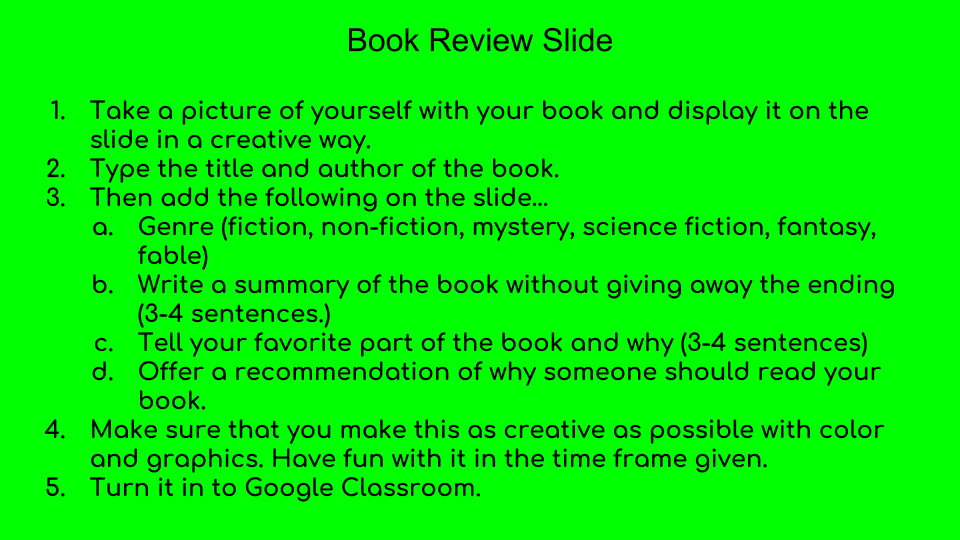R.A.C.E.C.E.S.
This is the acronym that many ELA teachers use (at least in elementary and middle grades) to teach the constructed response.
It stands for..
Restate (the prompt), Answer (the prompt), Cite (evidence from the text), Explain (the connection between the evidence and the answer), Cite (evidence from the text a second time), Explain (connection between the evidence and the answer), and Summarize (write a closing statement that brings it all together.)
Most students get the basic gist, but seem to miss the mark with supporting their answers with their own thinking. For example, a possible prompt might state: What is the mood of the poem, “The Raven?” Support your answer with evidence from the text.
A rote response will be written as follows.
The mood of the poem, “The Raven” is ominous. The text states, “Once upon a midnight dreary, while I pondered weak and weary.” This shows that the poem, “The Raven” is ominous. The text also states, “Ah, distinctly, I remember it was the bleak December.” This means it was cold outside and dark which shows an ominous tone. In conclusion, the mood of the poem, “The Raven” is dark and depressing.
This response answers the basics and is written utilizing the formula for what should be a constructed paragraph. However, it is lacking original thought or even a true understanding of the poem itself.
So, what is the answer? How can we help students move passed this kind of dull and mundane writing?
Well, this is what I am trying to figure out, and I have been experimenting with my students with some success.
- Have students write a response with no textual evidence at all for the first draft. Students must write five to seven sentences. They can still restate and answer, but then must explain and elaborate in their own words. Once they have done that, students can go back and find evidence that supports their thinking and write it in the response. This helps students do the thinking first instead of relying on the text to do the thinking for them. Evidence alone is not an explanation.
- Review with the class these 9 ways to add elaboration to their writing (A fellow colleague shared this with me and I love it!):
9 Ways to Elaborate
- Use Highly Descriptive Words: vivid adjectives and adverbs, precise verbs and nouns.
- Give a detailed Definition of the subject or detail.
- Provide an Example that shows your point.
- Use Comparison: Similes and/or Metaphors.
- Use Contrast to show how your idea is different from something else.
- Include a Fact to support your main idea.
- Use a Statistic (a fact in numerical form) to support your main idea.
- Use Sensory Details that appeals to one or more of the 5 senses.
- Use Cause & Effect to explain how 1 thing causes another.
- Have the students highlight the elaboration or explanation parts of their answer and analyze them. Ask the students to ask themselves:
- Did I only restate my answer?
- Did I only paraphrase the textual evidence?
- Did I add something fresh and new that supports my answer utilizing my own thinking?
- Does the elaboration strengthen my answer?
- Use the ICED writing strategy. This came from Read. Write. Think. , but was also recommended to me from a colleague. My goal is to use this more in January.
Check out the lesson here: ICED Lesson Read.Write.Think.
ICED is a strategy to help you expand on your ideas to be certain that all body paragraphs are fully explained as well as connected to your thesis.
I – Idea This is the topic sentence of each body paragraph that directly and always supports the thesis/claim.
C – Citation (EVIDENCE) This is the textual evidence that relates to your specific idea in the body paragraph. This should be a direct quote, embedded quote, or paraphrase. This evidence reflects and is relevant to the central thesis/claim of your writing.
E – Explanation This is the explanation and expansion of the citation/evidence in relation to the topic sentence. DO NOT ASSUME THE READER KNOWS EVERYTHING ABOUT YOUR TOPIC!!! Expand on I, the idea, and how C, the citation is a means of supporting your idea. This step deepens the connection between your idea (I), and your citation (C) as evidence to support your thesis/claim. This should be at least two sentences or even three. The more explanation, the better.
D – Defense of Thesis This last step is the most difficult and one that students most often forget. This is the last sentence that connects your whole paragraph back to your thesis/claim. How does this whole paragraph support your thesis/claim and tie back to the prompt?
Closing thoughts….When we teach budding writers, learning the structure of what is required often trumps elaboration and voice. However, students need to know from the beginning that their interpretation of the text matters more than the evidence. Have the students think through their answer and explanation first and then have them support their thinking with the appropriate evidence. Let the evidence work for them versus just repetition without original thought.
Teaching writing is a journey and one that is difficult to master. My hope is that this post helps you in your quest to teach elaboration, as I am also striving each day to create more thoughtful readers and writers in my classroom.














